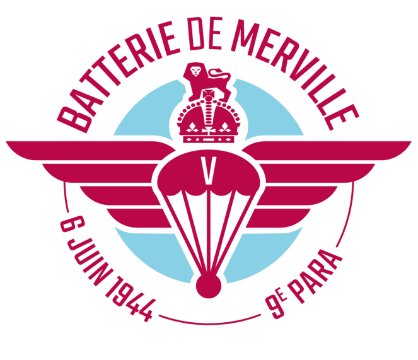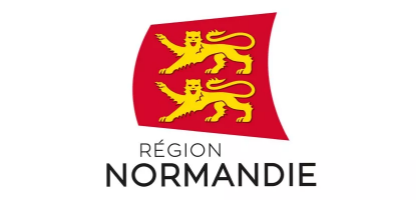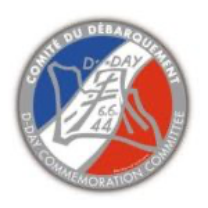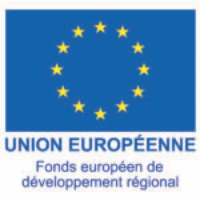The Museum
Accueil » The Museum
A Franco-British association
April-June 1982: Renovation of pillbox H 611 for the opening of the Museum on 5 June 1983. For three months, the 10 Field Squadron Royal Engineers worked on the renovation of pillbox no. 1 in the Merville Battery.
This project was made possible by the joint action of Airborne Assault Normandy, represented by General Nigel Poett, and Mr Rossignol, then Mayor of Merville-Franceville.
The association, working together with Lieutenant General Sir Michael Gray, Chairman of Airborne Assault Normandy, aimed firstly to provide a home for the future Merville Battery Museum and to open a place of remembrance for the 9th Battalion of the British Parachutists. Today, the town of Merville and its inhabitants ensure that the men who fought here will never be forgotten and that future generations will appreciate the sacrifice that they made for our freedom. Meanwhile, every 6 June, the last remaining veterans pay a very moving tribute to their brothers in arms who died in Normandy.
The Merville Battery is not like any other museum. This site, providing both a place of meditation and a history lesson, draws its strength from its authenticity and its power to evoke the atmosphere of one of the most tragic epics of the Allied landings.
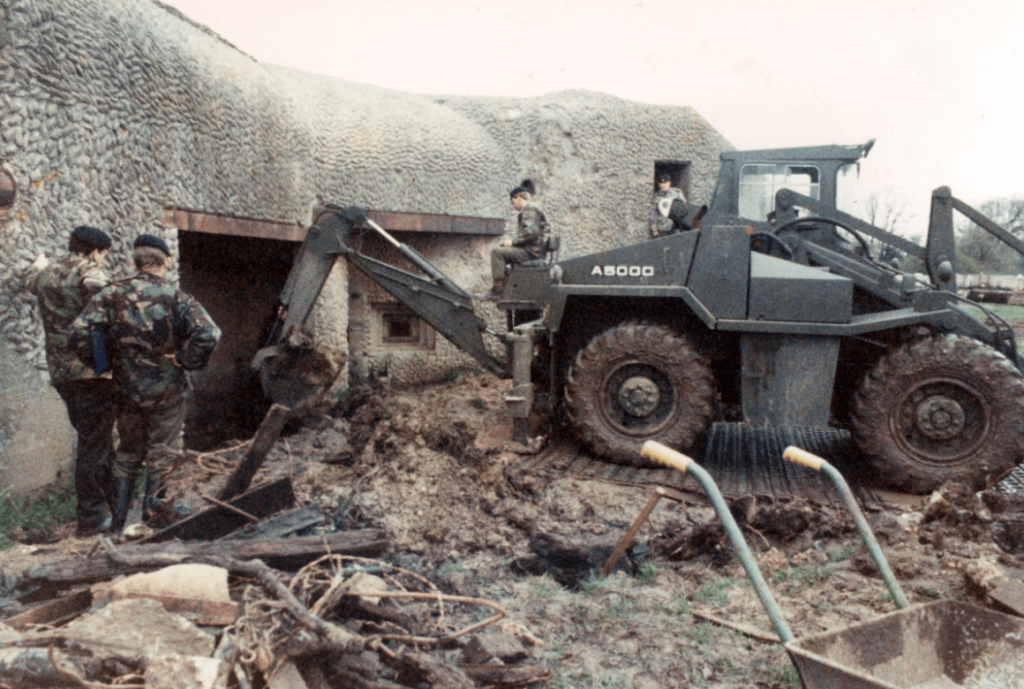
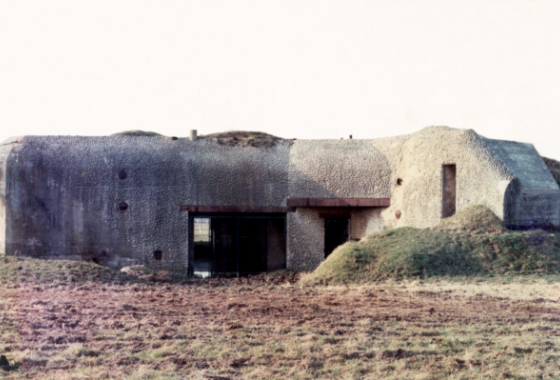
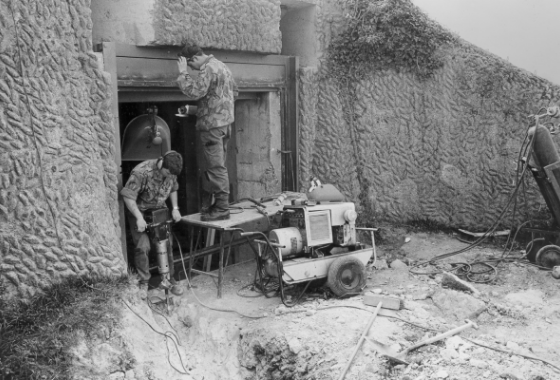



Reconstructed firing chamber
Pillbox No. 1, of type H611, has been used to display a 100-mm howitzer identical to the one present there in 1944.
This 100-mm light howitzer, sheltered in its pillbox, is of Czech origin. It is a 100-mm light field howitzer 14/19 (t). That is, a 100-mm FH 14/19 (t).
Manufactured by Skoda, this weapon was widely used in the ranks of the Czech army. The German army often used it in its artillery units.
It was a gun of this type, not a 155-mm weapon, that Lieutenant Colonel Terence Otway’s men discovered in the early hours of 6 June during the terrible assault. Nevertheless, the guns of the Merville Battery had to be neutralised at all costs.
When you re-enter the Merville Battery site, you will clearly see how threatening concrete pillbox no 1, type H611, still is, together with the other three camouflaged pillboxes.
You will also be able to judge the vast area of the gun battery that had to be silenced and thus see how very difficult the D-Day mission entrusted to Lieutenant Colonel Terence Otway’s 9th Battalion was.
The East Gate of the Battle of Normandy area
Located on the eastern front of the fighting on 6 June 1944, the Merville Battery and its Museum are the gateway to the historic area of the Battle of Normandy. They are a must for anyone who wants to understand and reckon up what really happened at the dawn of the longest day.
As you enter the Operation Overlord theatre from the East, start a tour from the Merville Battery to see the key points of what was and what would become the shield to prevent any German counter-attack from the East that might have threatened the Allied bridgehead.
The history of the 9th Battalion itself will plunge you into the hard fighting that followed D-Day. The 9th Battalion will take you to Sallennelles, Amfréville, Le Plain, Bréville, Varaville, Château Saint-Côme and Le Mesnil, because Lieutenant-Colonel Terence Otway, with his valiant parachutists, was involved in all these violent battles to prevent access to the D-Day beaches.
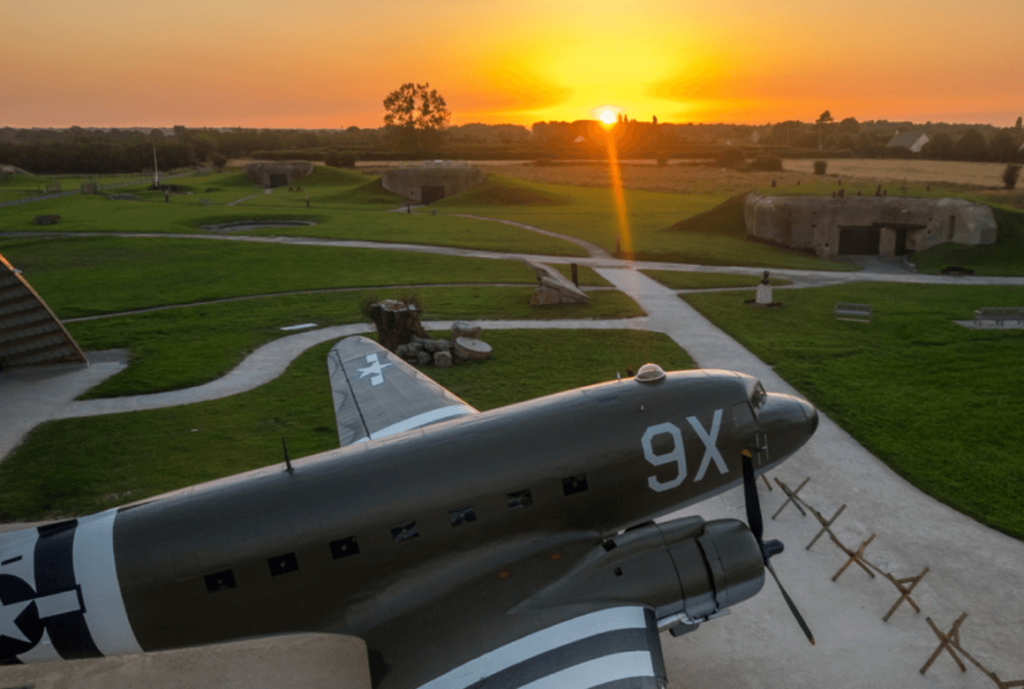
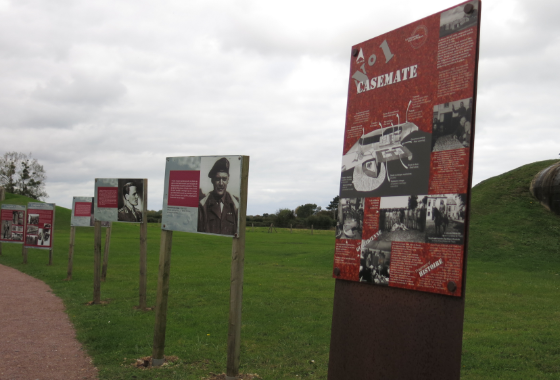
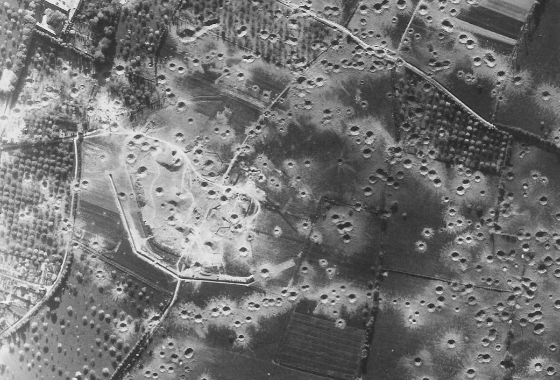
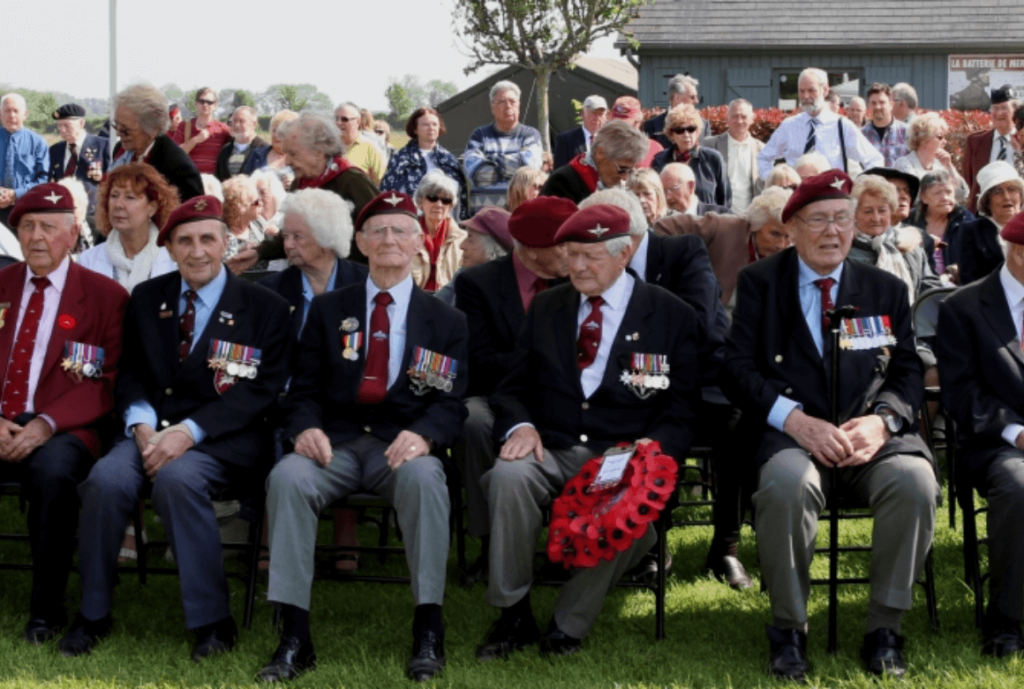


Veterans loyal to the Merville Battery
The bonds that unite the men of the 9th Battalion are very strong. Equally strong are the links with the Merville Battery, which was their initial objective on the night of 5/6 June 1944. It was a vital goal for which they trained incredibly hard on a full-size replica made in England in record-breaking time.
Over the years, the Battalion has developed a special relationship with the inhabitants of Merville-Franceville. It is a powerful friendship that plumbs the depths of the human soul.
Journey through the Museum's development
Extensive excavations are planned, work is under way and new developments are in progress, so that each pillbox on the site can be used as an educational trail to guide visitors. Each pillbox will have a new museum trail with its own theme.
More room to help preserve the memory even better…



